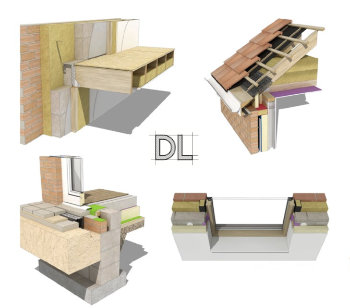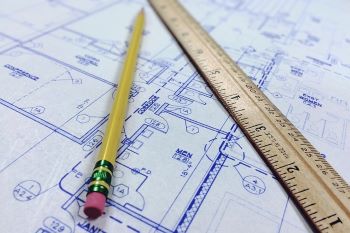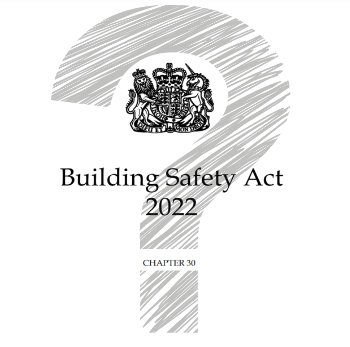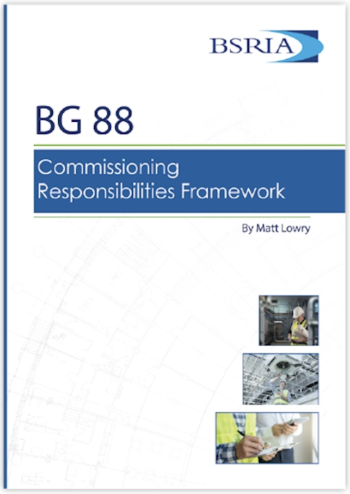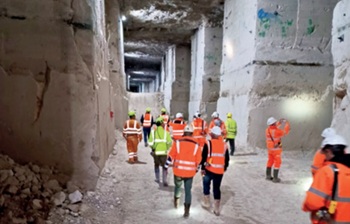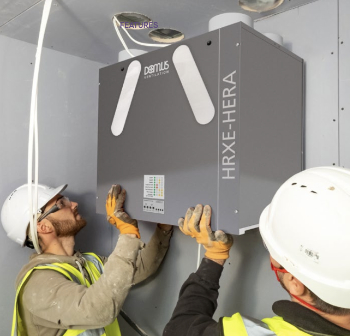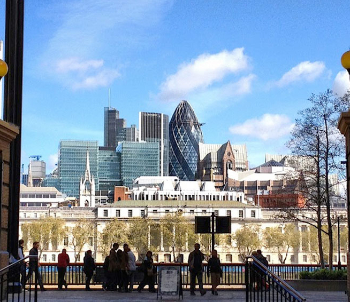First aider
Contents |
[edit] Introduction
A first aider is a person that has undertaken necessary first aid training and holds a valid qualification as proof of competence. First aiders are important on construction sites as they can provide help and assistance should there be an injury or illness.
Common injuries that first aiders may have to deal with on site include:
- Electric shock.
- Falls from height.
- Injuries from building materials, plant and equipment.
[edit] Qualifications
The qualification must be one that the Health & Safety Executive (HSE) recognise. This can be either:
- First aid at work (FAW), a higher level 3-day course which also covers first aid to specific injuries and illnesses.
- Emergency first aid at work (EFAW): Usually a one-day course covering emergency first aid.
First aiders should take one or both courses from a training organisation that is approved by HSE or a recognised awarding body of Ofqual/Scottish Qualifications Authority. It is recommended that first aiders undertake annual refresher training to ensure their basic skills are up to date. Certificates last for three years, and before expiring a requalification course should be undertaken by the first aider.
[edit] Number of first aiders
Although there are no exact rules or requirements on the number of first aiders for a construction site, the Health and Safety (First Aid) Regulations 1981 require all construction sites to have:
- A first aid box with the necessary equipment for the number of on-site workers.
- Clear information provided, usually in the site facilities, giving the name of the appointed person or first aider and where to find them.
- An appointed person responsible for first aid arrangements.
Since there are no specific requirements, each construction project should be assessed on the basis of its first aid needs. This will be influenced by the number of operatives on site, the type of working conditions, the type of materials being used, and the construction procedures being undertaken.
The HSE provides guidance on the number of first aiders:
- Less than 5 people on site: At least one appointed person.
- 5-50 people on site: At least one qualified first aider trained in EFAW or FAW.
- More than 50 people on site: At least one first aider trained in FAW per 50 operatives.
First aid personnel should be available at any time that work is being done on site. If work is being done in shifts, then a project may need two qualified first aiders to handle the separate shift work.
[edit] Appointed person
The appointed person is responsible for first aid facilities, equipment, and procedures, although unlike first aiders they do not require first aid training. The appointed person is also responsible for calling the emergency services when required.
[edit] First aid kit
As a minimum, a site first aid kit should contain:
- A leaflet giving general guidance on first aid.
- Sterile plasters (assorted sizes) appropriate to the type of work.
- Sterile eye pads.
- Triangular bandages.
- Safety pins.
- Sterile unmedicated wound dressings.
- Disposable gloves.
Although there is no specific timeframe, many items, particularly sterile items, have expiry dates and should be disposed of and replaced accordingly.
British Standard BS 8599 provides further information on the contents of first aid kits.
[edit] Related articles on Designing Buildings
- Accident book.
- Automated external defibrillator AED.
- Building a Safe Workspace: Your Complete Guide to Preparing First Aid in the Workplace.
- Building Site to Boardroom (BS2B).
- Competent person.
- Construction dust.
- Construction work in hot weather.
- Health and safety.
- Deleterious materials.
- Emergency services.
- Empowering the Construction Industry to take Action on Mental Health.
- Environmental health.
- Health and safety at work etc act 1974.
- Health and safety consultant.
- Health and Safety Executive.
- Health and safety file.
- Health and safety inspector.
- Health and safety policy.
- Near miss.
- Notification to HSE.
- Personal protective equipment PPE.
- Reporting accidents and injuries on construction sites.
- Risk of rats in construction.
- Site safety.
- Work at height regulations.
- Workplace safety supplies.
[edit] External references
Featured articles and news
From studies, to books to a new project, with founder Emma Walshaw.
Types of drawings for building design
Still one of the most popular articles the A-Z of drawings.
Who, or What Does the Building Safety Act Apply To?
From compliance to competence in brief.
The remarkable story of a Highland architect.
Commissioning Responsibilities Framework BG 88/2025
BSRIA guidance on establishing clear roles and responsibilities for commissioning tasks.
An architectural movement to love or hate.
Don’t take British stone for granted
It won’t survive on supplying the heritage sector alone.
The Constructing Excellence Value Toolkit
Driving value-based decision making in construction.
Meet CIOB event in Northern Ireland
Inspiring the next generation of construction talent.
Reasons for using MVHR systems
6 reasons for a whole-house approach to ventilation.
Supplementary Planning Documents, a reminder
As used by the City of London to introduce a Retrofit first policy.
The what, how, why and when of deposit return schemes
Circular economy steps for plastic bottles and cans in England and Northern Ireland draws.
Join forces and share Building Safety knowledge in 2025
Why and how to contribute to the Building Safety Wiki.
Reporting on Payment Practices and Performance Regs
Approved amendment coming into effect 1 March 2025.
A new CIOB TIS on discharging CDM 2015 duties
Practical steps that can be undertaken in the Management of Contractors to discharge the relevant CDM 2015 duties.
Planning for homes by transport hubs
Next steps for infrastructure following the updated NPPF.







